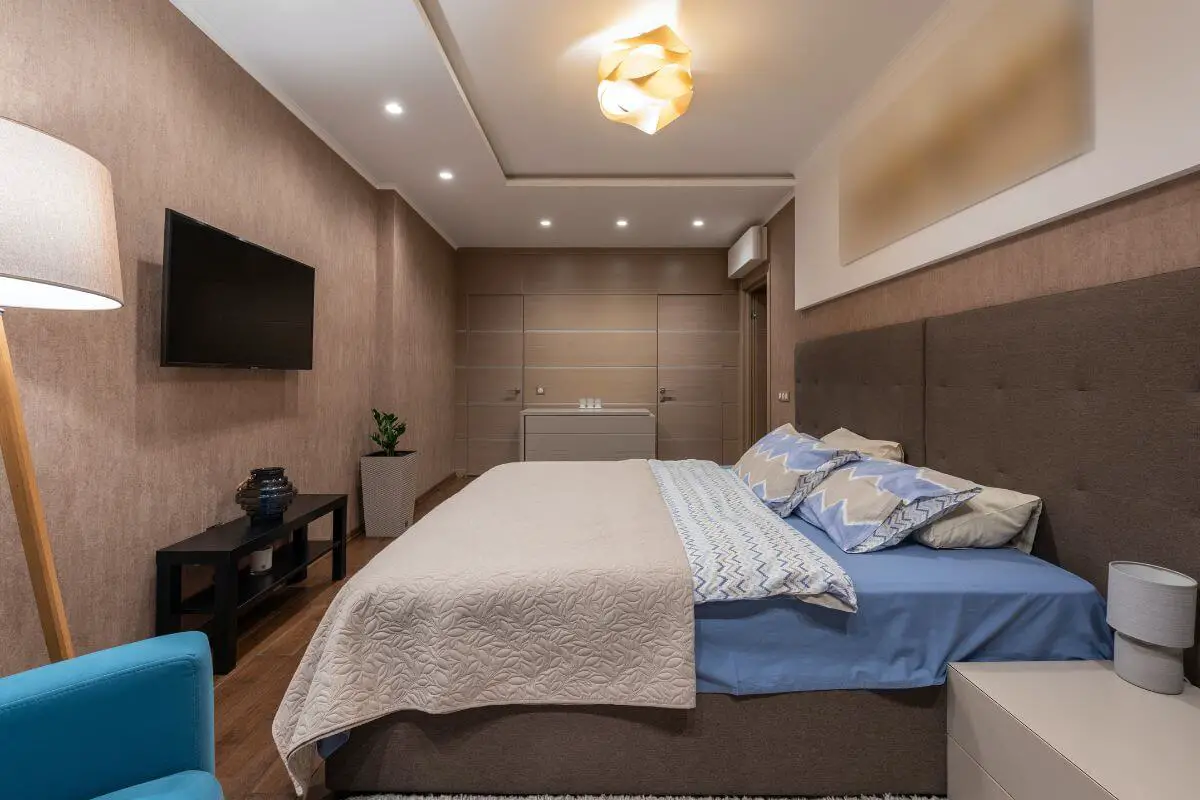When it comes to illuminating your living space, choosing the right type of lighting can significantly impact both the aesthetics and functionality of the room. LED disc lights and can lights are two popular options that offer distinct advantages and features. In this article, we’ll delve into the differences between these lighting solutions and help you make an informed decision for your home.
1. Introduction
Lighting is an essential aspect of interior design, influencing the ambiance and functionality of a space. LED disc lights and can lights, also known as recessed lights, have gained popularity due to their modern and sleek appearances, making them excellent choices for various settings.
2. Understanding LED Disc Lights
What Are LED Disc Lights?
LED disc lights, also known as LED panel lights, are flat and circular luminaires that are designed to emit uniform and diffused light. They are highly versatile and can be installed on ceilings or walls, adding a contemporary touch to any room. LED disc lights come in various sizes and color temperatures, allowing you to create the desired atmosphere.
Benefits of LED Disc Lights
LED disc lights offer several advantages. They are incredibly energy-efficient, consuming less electricity than traditional lighting options. The long lifespan of LEDs means less frequent replacements, reducing maintenance costs. These lights also emit minimal heat, making them safer and more comfortable to use.
Applications of LED Disc Lights
LED disc lights are suitable for a wide range of applications. They are commonly used in living rooms, kitchens, and hallways to provide general illumination. Additionally, they can be employed for accent lighting, creating visually appealing focal points within a room.
3. Exploring Can Lights
What Are Can Lights?
Can lights, or recessed lights, are fixtures that are installed into hollow openings in the ceiling. They provide a seamless and streamlined look, as the majority of the fixture remains hidden within the ceiling. Can lights are available in various sizes and trims, allowing you to customize the appearance to match your decor.
Advantages of Can Lights
Can lights offer several advantages. They are versatile and can be used for ambient, task, or accent lighting. Due to their recessed design, they save space and reduce clutter. Can lights are also compatible with dimmer switches, enabling you to adjust the light intensity according to your needs.
Common Uses of Can Lights
Can lights are commonly used in kitchens to provide focused task lighting for cooking and food preparation. They are also popular choices for bathrooms, where they offer ample and even illumination for grooming activities. In living rooms, can lights can be strategically placed to highlight artwork or architectural features.
4. Comparing LED Disc Lights and Can Lights
Energy Efficiency
LED disc lights are renowned for their energy efficiency, consuming less power while delivering bright and consistent illumination. Can lights, although efficient, may not match the same level of energy savings as LEDs.
Installation Flexibility
LED disc lights can be surface-mounted or suspended, offering flexibility in installation. On the other hand, can lights require a dedicated recessed space in the ceiling, which may involve more extensive installation work.
Light Distribution
LED disc lights provide uniform light distribution, covering a broader area. Can lights, while versatile, may create pockets of shadows due to their directional nature.
Design and Aesthetics
LED disc lights add a modern and minimalist aesthetic to a room. Can lights offer a seamless and clean look with minimal visual impact on the ceiling.
Dimming Capabilities
Both LED disc lights and can lights can be dimmed to create different moods and adjust lighting levels. However, compatibility with dimmer switches may vary based on the specific product.

5. Making the Right Choice
The choice between LED disc lights and can lights depends on your specific needs and preferences. Consider factors such as energy efficiency, installation requirements, lighting goals, and design preferences. If you’re aiming for a sleek and contemporary appearance, LED disc lights may be the ideal choice. On the other hand, if you require versatile lighting options for different tasks, can lights could be the better fit.
6. Conclusion
In the realm of interior lighting, both LED disc lights and can lights have their own unique features that cater to different lighting requirements and design aesthetics. The decision ultimately hinges on your individual preferences and the specific demands of the space you wish to illuminate. By understanding the distinctions between these lighting options, you can confidently select the one that best complements your style and functional needs.
7. FAQs
Can LED disc lights be used outdoors?
LED disc lights are primarily designed for indoor use. Using them outdoors could expose them to harsh weather conditions, potentially affecting their performance and longevity.
Are can lights suitable for task lighting?
Yes, can lights are excellent choices for task lighting due to their focused and directional illumination. They work well in kitchens, home offices, and other areas where precise lighting is required.
Do LED disc lights require special wiring?
LED disc lights generally require standard wiring, similar to other lighting fixtures. However, it’s recommended to consult a qualified electrician for proper installation.
Can I replace my existing can lights with LED disc lights?
Yes, in most cases, you can replace existing can lights with LED disc lights. However, it may involve some modification to the ceiling and wiring, so it’s advisable to seek professional assistance.
Are there any health considerations associated with these lights?
Both LED disc lights and can lights are considered safe for use. LED lights emit minimal UV radiation and heat, making them a healthier lighting option compared to traditional incandescent bulbs.



